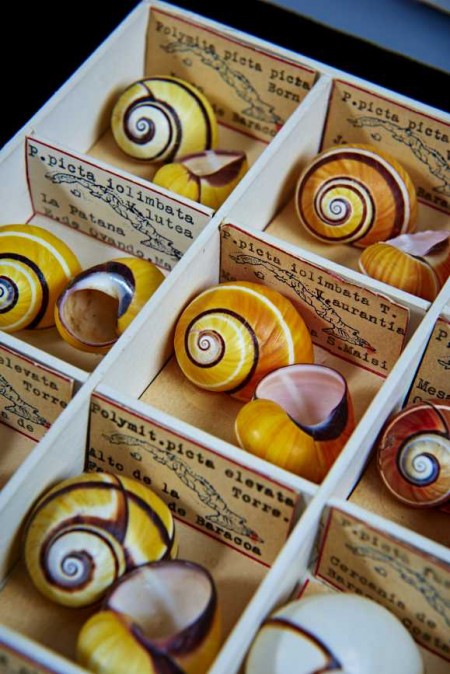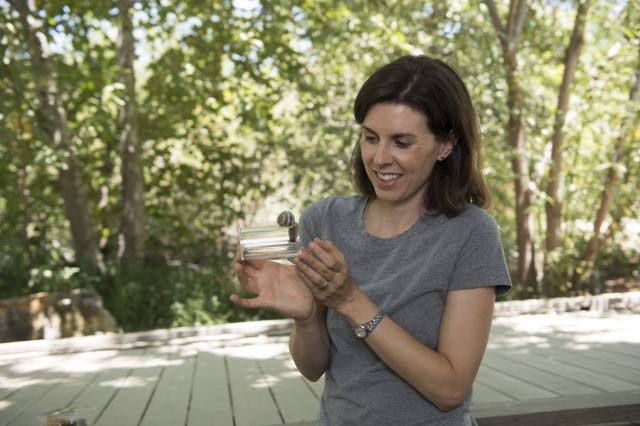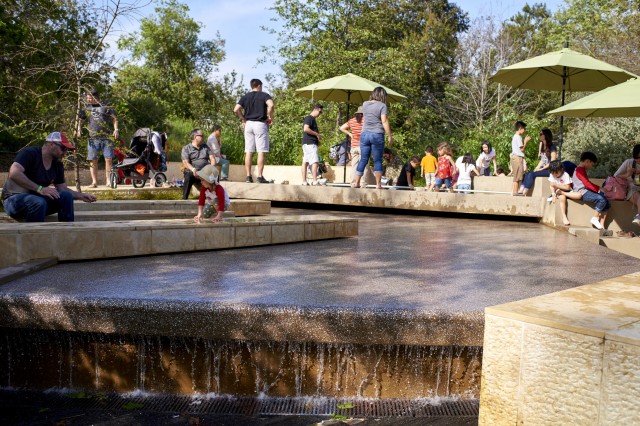Meet Dr. Slime
Dr. Jann Vendetti, NHM's Associate Curator of Malacology, has a soft spot for the tiny and slimy .


Dr. Jann Vendetti, the Museum’s Associate Curator of Malacology and a snail specialist, is quick with facts about the wild world of slow-moving gastropods. Some sea snails can be as small as a sesame seed or as big as a lap dog. Among land snails, some eat almost anything while others are fussy; some only munch fungus from a particular species of tree. The land snails are also one of the most endangered groups of organisms on the planet. Not much is known about which ones are inching around local greenery, and that’s info that Vendetti wants to dig up.
“There are about 100,000 species of gastropods in the world, so it’s interesting to figure out who the players are here,” says Vendetti, who has a PhD from UC Berkeley and now holds the Twila Bratcher Chair of Malacology at NHM. “No one has ever done that in urban L.A.”
Vendetti and the NHM’s urban biodiversity team launched Snails and Slugs Living in Metropolitan Environments (SLIME), which invites participants to help catalogue the biodiversity of local land snails and slugs. Visitors to NHM are spotting them in the Nature Gardens and under leaves in backyard gardens, and then uploading photos to the iNaturalist website. Every contribution helps Vendetti identify which native snails call L.A. home and which non-natives— such as the common garden snail and rotund disc snail—have been purposely introduced or hitched a ride on imported plants. We hope they’ll discover where one of L.A.’s native land snails, the shoulder-band snail may be crawling around. Also, using NHM’s collection of local snail specimens dating back 100 years, Vendetti will be able to identify slugfests between species currently competing for local habitats.
Vendetti and Dr. Austin Hendy, NHM’s Assistant Curator of Invertebrate Paleontology, have been engaged in a new, multi-institutional enterprise to digitally catalogue the Museum’s collection of Cenozoic marine invertebrates. This database of images and specimen records gives researchers and the public unprecedented access to fossil data spanning 66 million years of Earth history.
“What’s exciting about this project is that we’ll use mostly mollusk fossils, snails and clams, for example, to understand who survived, evolved, and went extinct through warming periods and ice ages,” says Vendetti. “This information can help scientists predict how our current global warming trend may influence these groups of animals today and in the future.”

